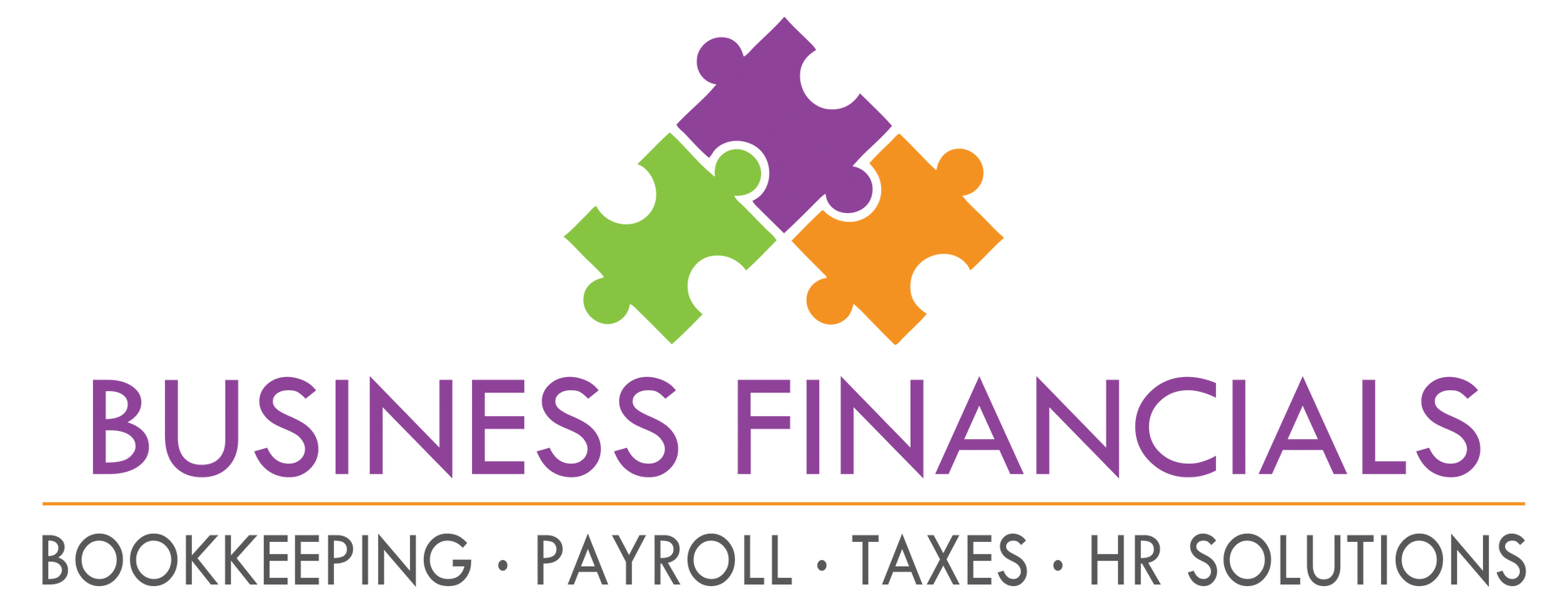How does hardware integration affect my business?
Timekeeping has a profound effect on labor costs, operational efficiency and payroll accuracy. With hardware integration to our Vision clock, timekeeping becomes an intelligent process that automates workflows, increases security, promotes wellness and saves you time and money.
Let’s look at some numbers:
$7.4 billion is lost per day to unrecorded work activities.
As a whole, small businesses are losing a lot of money to unrecorded work activities. This includes rounding up in favor of employees, early punch in, and time theft. Our time and attendance solution and Vision clock hardware provides real-time accuracy, schedule enforcement and biometric assurance that time is allocated to the right person. Our intelligent timekeeping records everything and even offers notifications to alert you when employees record information outside of your parameters.
Time theft can add as much as 7% to your gross annual payroll.
Buddy punching, early punch in, and unrecorded breaks are costing you more than you know. Our Vision clock makes buddy punching impossible. Lockout features in our timekeeping software prevent employees from punching in earlier than you specify to reduce unplanned overtime, and our intelligent clock features reduce missed punches and other punch errors.
Automated time tracking can reduce the time it takes to calculate timecards from 7 minutes per card per pay period to 1 minute per card per pay period.
Manual timecard management is error-prone and a real time-killer. The American Payroll Association estimates that it takes a minimum of 15 minutes to discover, track down and fix a timecard error. That ads up fast considering errors are common in most hand-calculated processes. Our Vision clock automatically records all your punch data and stores it in our timekeeping software. All the calculations are done automatically, and delivered straight to payroll without any opportunity for human error. You’ll save time and effort every pay period.
Daily timesheet updates improve timekeeping accuracy.
With a manual process, employees who log their time at least once a day are 66% accurate, whereas those who log their time weekly are only 47% accurate, and people who complete their timesheet less than once a week are only 35% accurate!
Our new Vision clock helps you track time on a daily basis, including meals and breaks. This increases accuracy over traditional timekeeping and saves a significant amount of money in the long run.
The average cost of labor every time an employee fills out a timecard is $9.37. For a company with 100 employees, that’s $937 in employee time every pay period.
Our intelligent timekeeping software and new Vision clock bring a new level of speed and accuracy to time collection. Vision authenticates an employee’s identity in less than a second and automatically presents punch options that are relevant to the employee’s current state. That means employees can clock faster, and never have to manually record time, remember dates, or backfill a timecard.
Surveys indicate that up to 60% of employees are apprehensive about returning to the workplace.
Vision+ with thermal scanning can help employers track wellness and ensure that the workplace is healthy. Employees feel better about accepting risk when they know their employer is concerned about wellness and has taken measures to help ensure a safe work environment. Vision+ can also help employers track and respond to employee wellness, helping them remain compliant with new laws including OSHA and the Families First Coronavirus Response Act.
THIS ARTICLE IS FOR GENERAL INFORMATION PURPOSES ONLY. BUSINESS FINANCIALS, INC. (BFI) IS NOT ISSUING SPECIFIC FINANCIAL OR TAX ADVICE. PLEASE CONSULT WITH A LICENSED FINANCIAL PLANNER, TAX ATTORNEY, OR ACCOUNTANT FOR ASSISTANCE WITH YOUR SPECIFIC SITUATION. IF YOU NEED HELP, WE INVITE YOU TO CONTACT US. WE WILL BE HAPPY TO MAKE RECOMMENDATIONS OR REFER YOU TO A LICENSED PROVIDER WHO MAY BE BEST SUITED FOR YOUR SITUATION.


Email: info@businessfinancials.net
Phone: (540) 932-8560
Fax: (540) 932-8564
2353 Jefferson Hwy
Waynesboro, VA 22980



